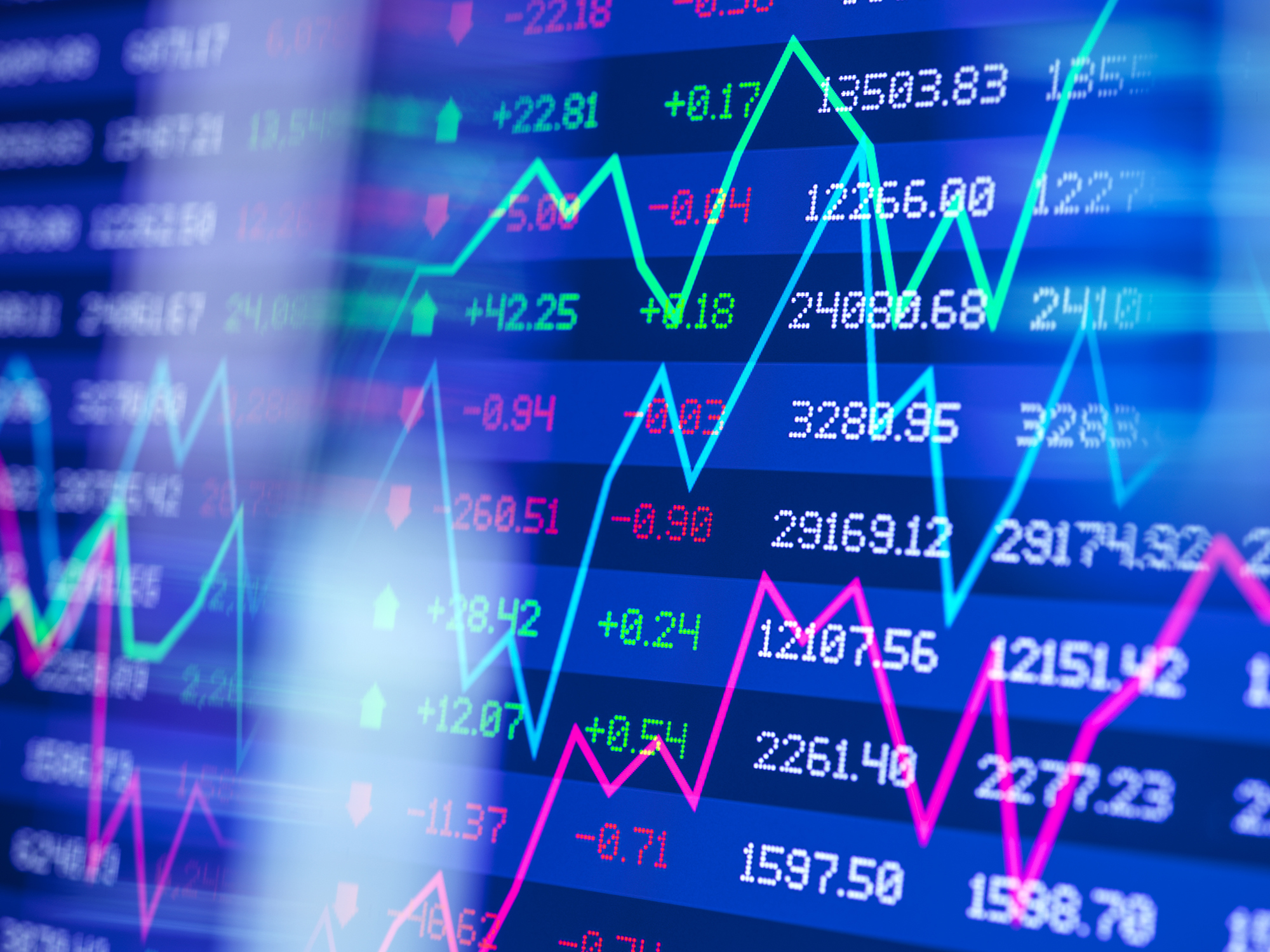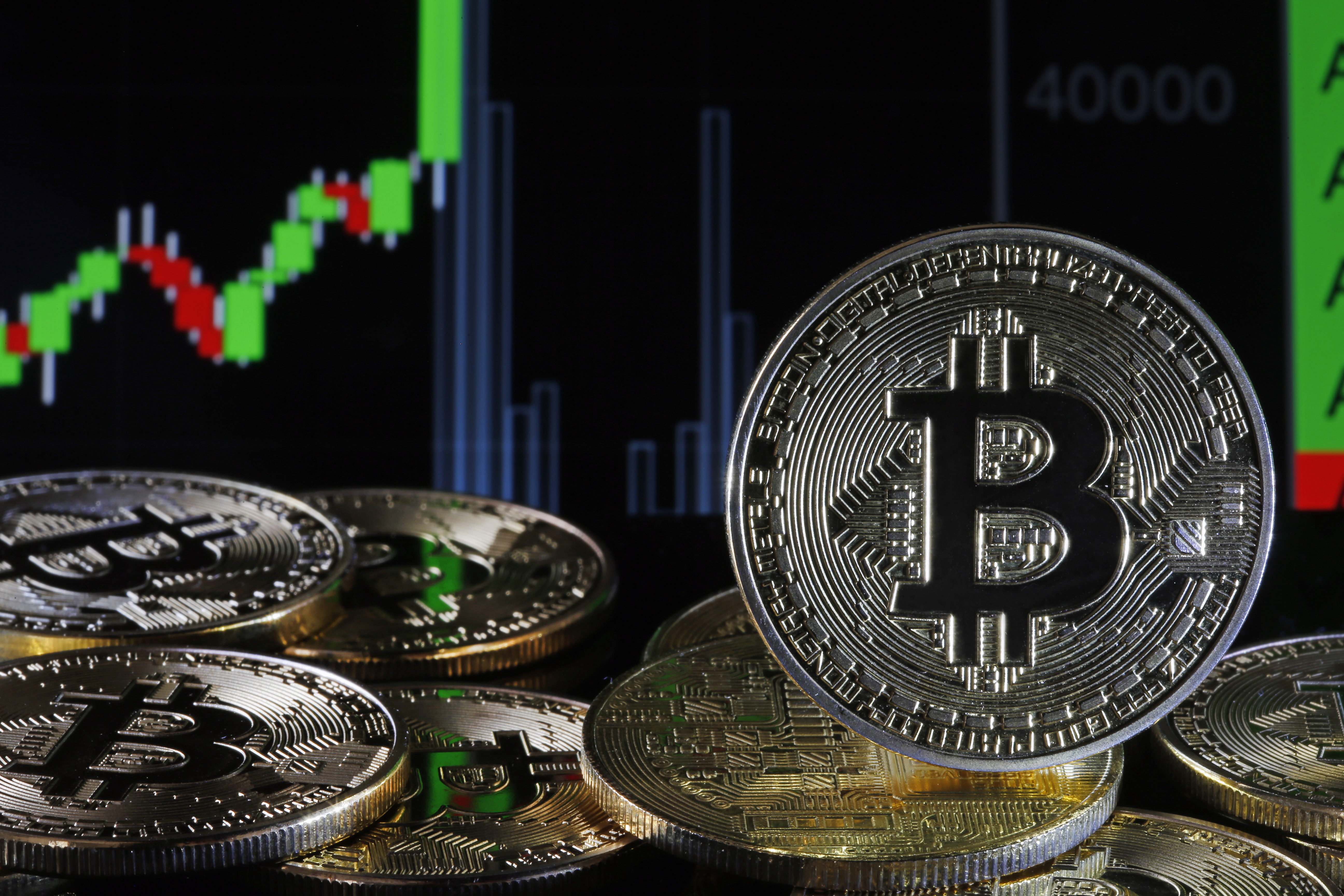Trading terms: The Santa Rally
Will the Santa Rally result in its traditional December boost to global markets?


Children may already be compiling their Christmas lists, but traders also want a gift in the form of a “Santa Rally”. When this phrase was first coined in 1972, the rally only referred to the stock market’s performance during the final trading days between Christmas and the New Year. But in recent years the term has broadened to cover the entire month of December.
The theory is that festive cheer and holiday household spending make the markets more optimistic. Ben Laidler of eToro also thinks that outperformance in December could be due to markets anticipating a new flow of cash from investors in January.
Whatever the reason, there does seem to be strong evidence of a December effect, especially for smaller shares. Laidler notes that over the past 50 years, the FTSE 250 mid-cap index has returned an average of 2.7%. However, other markets have done well, with the S&P 500 putting in an above-average performance of 1.7%.
MoneyWeek
Subscribe to MoneyWeek today and get your first six magazine issues absolutely FREE

Sign up to Money Morning
Don't miss the latest investment and personal finances news, market analysis, plus money-saving tips with our free twice-daily newsletter
Don't miss the latest investment and personal finances news, market analysis, plus money-saving tips with our free twice-daily newsletter
Interestingly, the Hong Kong stock market has been the global top performer, with an increase of 3% over the last half-century, despite the fact that Chinese New Year, which takes place between late January and late February, is the key event.
Of course, there are a few exceptions to the festive cheer. IBEX, the main Spanish index, has historically underperformed in December, with a miserly 0.6%. And even in the US and UK, traders have occasionally received a lump of coal in their stockings, with the S&P 500 finishing December lower than it began around a quarter of the time (as it did last year when it dropped by 5.9%). Still, in general, December is a good month. Laidler says that global equities have returned an average of 1.8% since 1972.
This article was first published in MoneyWeek's magazine. Enjoy exclusive early access to news, opinion and analysis from our team of financial experts with a MoneyWeek subscription.
Related articles
- Why traders should believe in Santa Claus
- The stockmarket’s Santa rally has been cancelled
- Santa Claus: the world’s oldest multinational
- UK stock market opening times: is the stock market open on Christmas Day?
Get the latest financial news, insights and expert analysis from our award-winning MoneyWeek team, to help you understand what really matters when it comes to your finances.

-
 US stocks: opt for resilience, growth and value
US stocks: opt for resilience, growth and valueOpinion Julian Wheeler, partner and US equity specialist, Shard Capital, highlights three US stocks where he would put his money
-
 The steady rise of stablecoins
The steady rise of stablecoinsInnovations in cryptocurrency have created stablecoins, a new form of money. Trump is an enthusiastic supporter, but its benefits are not yet clear
-
 What is tracking difference?
What is tracking difference?Tracking difference is a useful figure to help you understand how a fund or portfolio is performing.
-
 What is Bitcoin?
What is Bitcoin?Bitcoin can take a little effort to get to grips with. Dominic Frisby explains just what it is, and why you should take notice of it.
-
Barbell strategy
Glossary A “barbell… investment strategy means weighting a portfolio towards the two extreme ends of an asset class with nothing in the middle.
-
Real exchange rate
Glossary The real exchange rate between two currencies combines the nominal exchange rate with the ratio of the price of goods or services in two different countries.
-
Real interest rate
Glossary A “real” interest rate accounts for the impact of inflation on a given rate of interest. It’s very important to your returns.